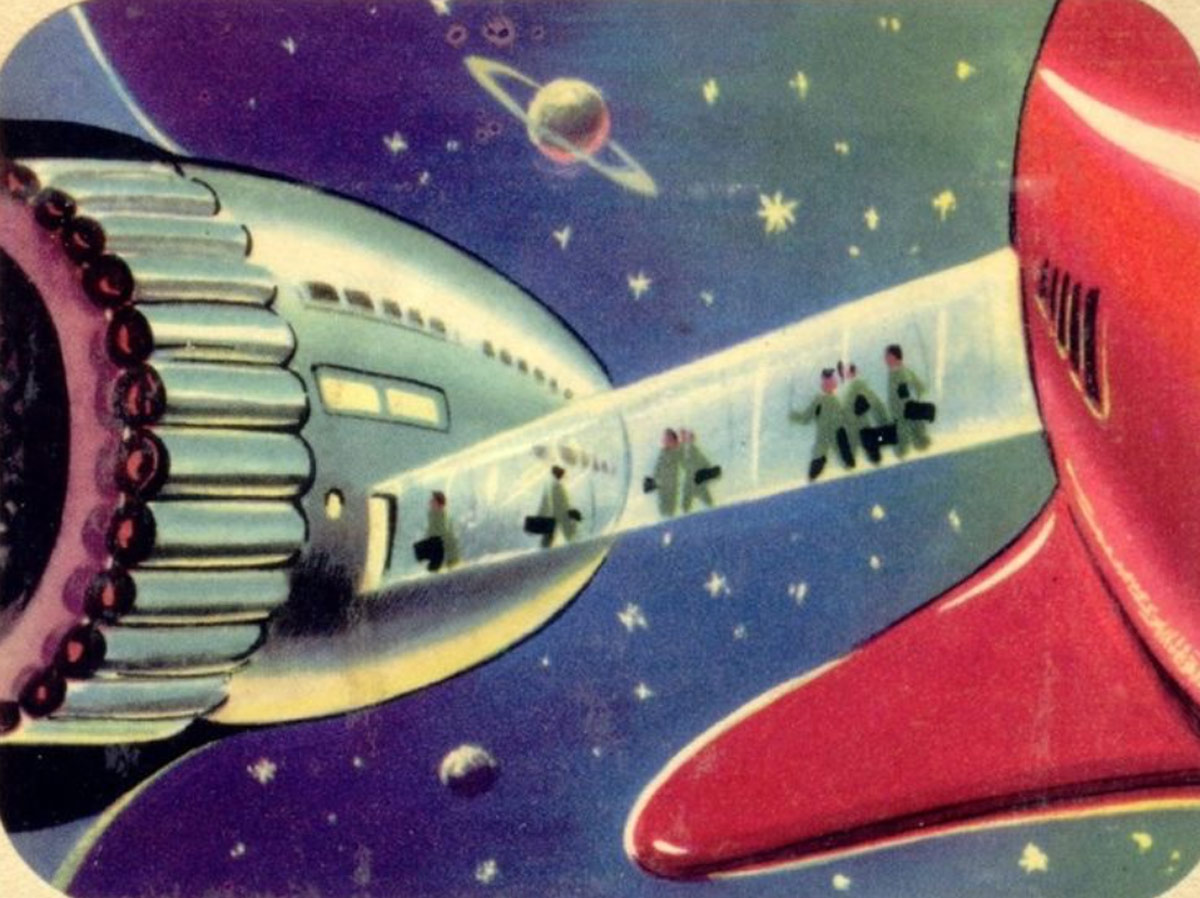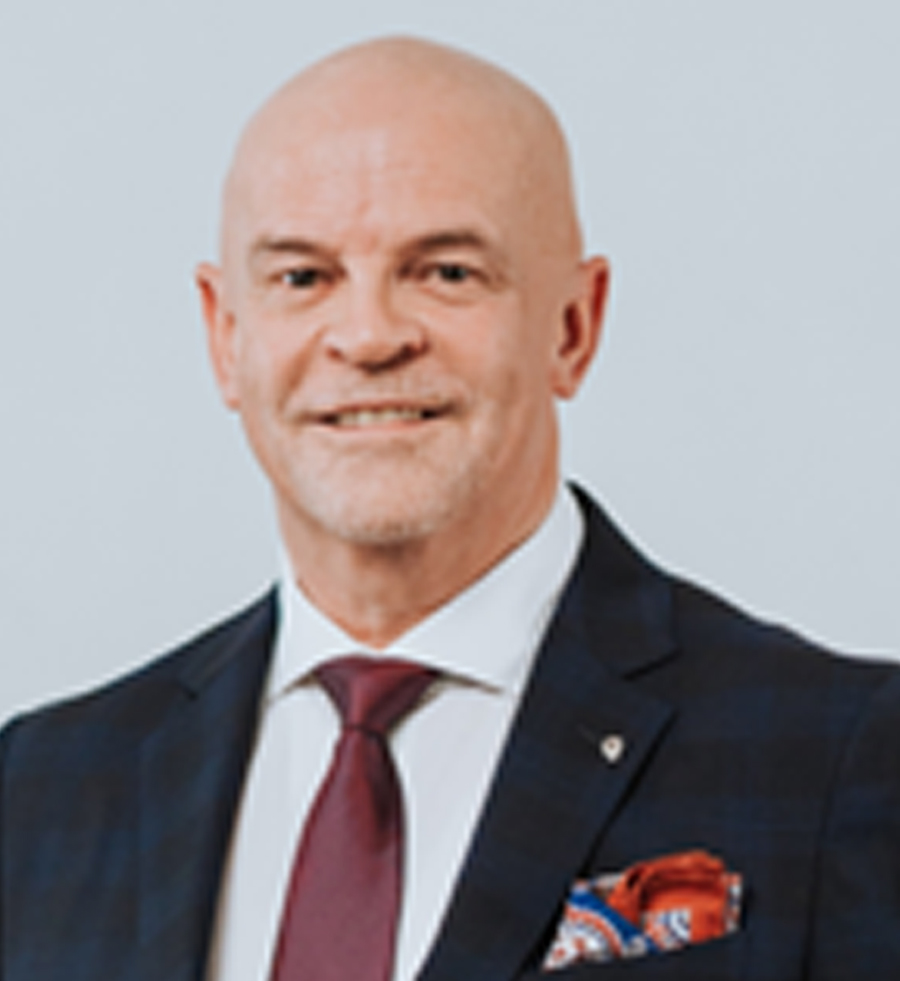
For the most part, assumptions were made that these skills would be best developed from an academic foundation. Right or wrong, the measurement of educational success we work with today is still linked directly to academic achievements, sometimes referred to as hard skills, where it’s possible to create an accurate measuring system. The education system, especially at K-12, is set up to ensure students are honed in these skills. The question now, is what else is needed from the formal education system from the workforce perspective.
In reality, most organizations struggle with knowing what key skills they will need to ensure their survival and growth in the future. There’s a massive focus on re-skilling and up-skilling the present workforce to ensure the organization has the skills needed inside their existing teams. This also brings on new challenges for organizations to find the right courses and trainers to deliver content in an engaging and relevant way for adult learners. Growing uncertainly and change are something organizations must learn to deal with. They need to be adaptive and responsive to changing needs and demands of both their environment and their customers. More than ever before, there is a need for soft skills (as opposed to specific technical skills) to deal with change and uncertainty. Since most people like to have levels of certainty and consistency in their lives, this may become more difficult to achieve in the future. The disruptive effects of COVID, and now to some extent the Ukraine situation, are both examples of disruptive environmental issues that could not have been planned for, but require organizations to adapt to survive.
As we have now moved into the era of global organizations (some bigger than nations), and global platforms that allow everyone to be connected, the type of work people are now doing is also changing. Competition among companies is something that will never go away; it is inherent in a commercial environment, but what has become a stronger element over recent years is the need to collaborate to compete. The skills required for effective collaboration are different to those required for effective competition, but both must now coexist.
It is against this backdrop that we now need to look into education and understand if formal education is still able to become adaptive and responsive to the changing needs of the workforce. From a workplace perspective I’m suggesting we look at a K-12 environment rather than a university environment – the reason is that by the time students have reached the university level, they have been conditioned to think and behave in a specific way. Generally, this is because of the focus on academic achievements. In my view when children enter education, they are full of questions and curiosity. Over time, the questions tend to become more suppressed and replaced with answers, because it’s the answers we can measure. To use a cooking metaphor, the bread is pretty much baked. We need to move down the process to where we still have the malleable dough, and we need to understand how to retain this adaptive state and form of learning and maintain the curiosity.
Taking the aspects of collaboration and competition into an education context and having been involved in EdTech in both Hong Kong and Finland, by way of example, I would say the Finnish system of education is set up to allow collaboration to happen naturally; there are many reasons for this, in particular it’s a reflection of the Finnish culture. Contrast this with Hong Kong, where the education system is more focused to compete with a strong emphasis on academic success, and we see the theme of competition would be reflected in the Hing Kong culture. That’s not to say that either of these approaches is right or wrong, but it’s an example of the role culture plays in education. Though business strives to meet the demands and opportunities given by a global reach, education still has a more local focus.
So, how do we bridge the gap between the skill needs of the workforce now and in the future and the ability of K-12 programs to be adaptive enough to incorporate the key skills as they become more important in the workforce? These will be the key skills needed in the workforce of today and the future with the ability to solve problems. As we move forward, the context of problem solving will have a strong association with people skills, and the speed and development of AI will provide us with the analytical information to support problem solving. People are uniquely different, whether it is culture, age, gender etc., and all can have good days and bad days. So, the ability to solve problems with all these dynamics going on is a key work force skill.
To bridge the gap from the perspectives of the future workforce and the existing education approach, we need to recognize the constraints that still exist on both sides. Simplistically speaking, curricula are broken down into specific learning modules that need to be delivered over determined time periods and measured against specific outcomes to gauge the level of student comprehension. This consistency of approach is both a positive and a negative when trying to move to a more adaptive process, but because of the way education is measured and compared, it is unlikely to change in the short term. So how can we work within the existing constraints but at the same time be able to adapt and make the education experience more relevant to the future of work?
For me, the term ‘education experience’ is the key. how can we build relevant educational experiences around the existing curricula? One approach would be to have more internship-type experiences for students where they are connected to the real world of the workforce either through a physical experience or a virtual experience. We need to get our students involved in real world problems and have them offer possible solutions. This can also be a real benefit to an organization taking part in such a program. Students tend to ask questions about problems that would not have come from the existing workforce, because they have no prior conditioning. This can often lead to innovative solutions, and there are a number of great companies now offering this to schools internationally.
Another opportunity is to have experts from different fields coming into the school to provide insight on what they are doing, or providing virtual experiences of their workplace or sector. The broader range of sectors (and experts) students can experience, the broader their knowledge and appreciation can become. It is a way for students to better understand where their personal interest and passions lie. There are also situations in schools where the teaching staff did not start their careers as teachers, but started in different professions. This may include engineers, lawyers or medical professionals who came to teaching to change education. Professionals with different backgrounds are ideally placed to provide more context to the content and create deeper understanding and engagement.
There are specific problem-solving tools that organizations use in their evaluations of issues that might also be built around a school curriculum such as the use of TRIZ (the Theory of Inventive Problem Solving). if students can get familiar with these sorts of tools and use them effectively, then they are already creating a portfolio of applicable skills that can be used in the work force environment. Other programs that are workplace-focused are available in an EdTech format, so again could be developed around a curriculum.
I’m seeing a lot more programs relating to the environment coming into the K-12 sector, which is a very positive move. First, because the environment is a global and social issue, and second, students whether in an urban or rural location need to understand the implications of climate change. This will also impact all businesses and the future of work, and therefore, work skills and experience. Sustainability and the application of sustainability approaches in businesses and schools will be a key element going forward.
There are also now programs taking place with business communities and education authorities, where Business Chambers of Commerce are working hand in hand with K-12 schools and education policy makers. This gap between what education is delivering and what the workforce needs can only be reduced when all parties come together on a collaboration basis. We should not underestimate the abilities K-12 students have to solve major problems if they are given the opportunity to be involved and listened to. Many show greater concern for the future of the planet than most adults, given its going to be their future. We need to, wherever possible, allow them to be involved in developing the future.

About the author